HOW MIGHT WE empower The Rockefeller Foundation to LEverage data in telling the story of their systemic impact?
Context
The Rockefeller Foundation's (RF) mission is to promote the well-being of humanity throughout the world. Since 1913 the Foundation has led innovation in science, data, and policy, to solve global challenges related to health, food, power, and economic mobility. RF approached our team with the challenge to develop a site design that would act as a storytelling platform to leverage data in creating compelling narratives—visualizing statistics within the context of the human experience of the lives of those impacted.
ROLES AND RESPONSIBILITIES
Experience Director leading a team of Interaction Designers, Visual Designers and Program Management.
Client relationship management, working with the Foundation’s Global Head of Digital to help sell-in and socialize work to key stakeholders and leadership.
Designed and led co-creating workshops across organization verticals.
Led Design Language System development with UI visual style and interaction paradigms that afford a unified shape to product look, feel, and functionality.
Partnered with lead visual designer on site art direction.
A Design Language—both Technical and Human
We helped The Rockefeller Foundation develop a design language that highlighted their unique history of innovation with an eye toward a data driven future. “The Friendly Lab” became our defining mantra—bringing the vibrancy embodied by the people who’s lives are changed by RF’s work to the forefront of our new design system. Technical lines, inviting colors, and an image led layout— highlighting real people—elevated the Foundation as both an established leader as well as trail blazer in the philanthropic space.















Co-creating a Shared Vision
Bringing stakeholders together in an collaborative environment provided the creative space for our team to facilitate meaningful dialogue between teams and ultimately co-create a prioritized understanding of key audience segments and flows. Together we developed a shared aspiration of the story we wanted the site tell.

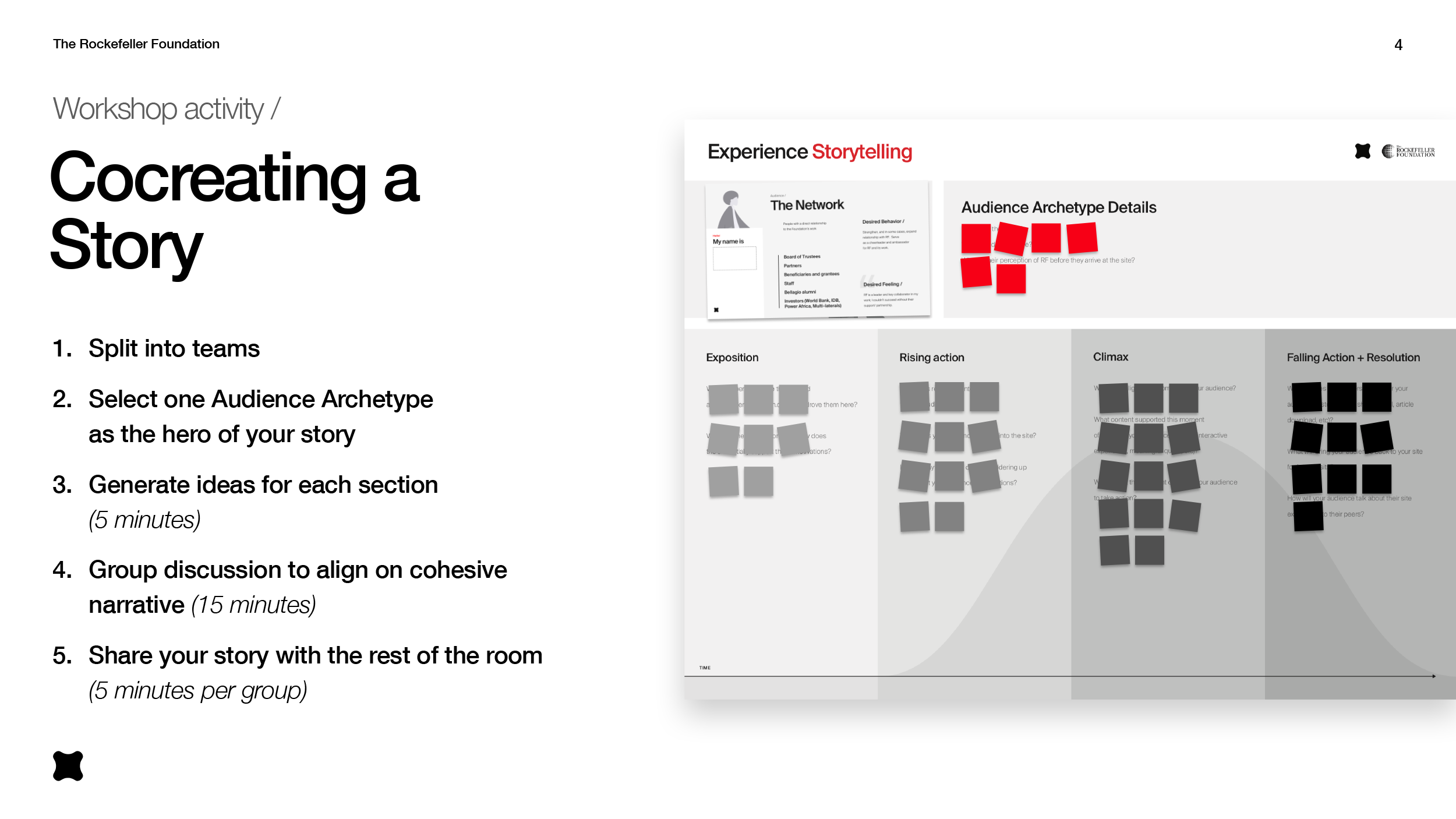

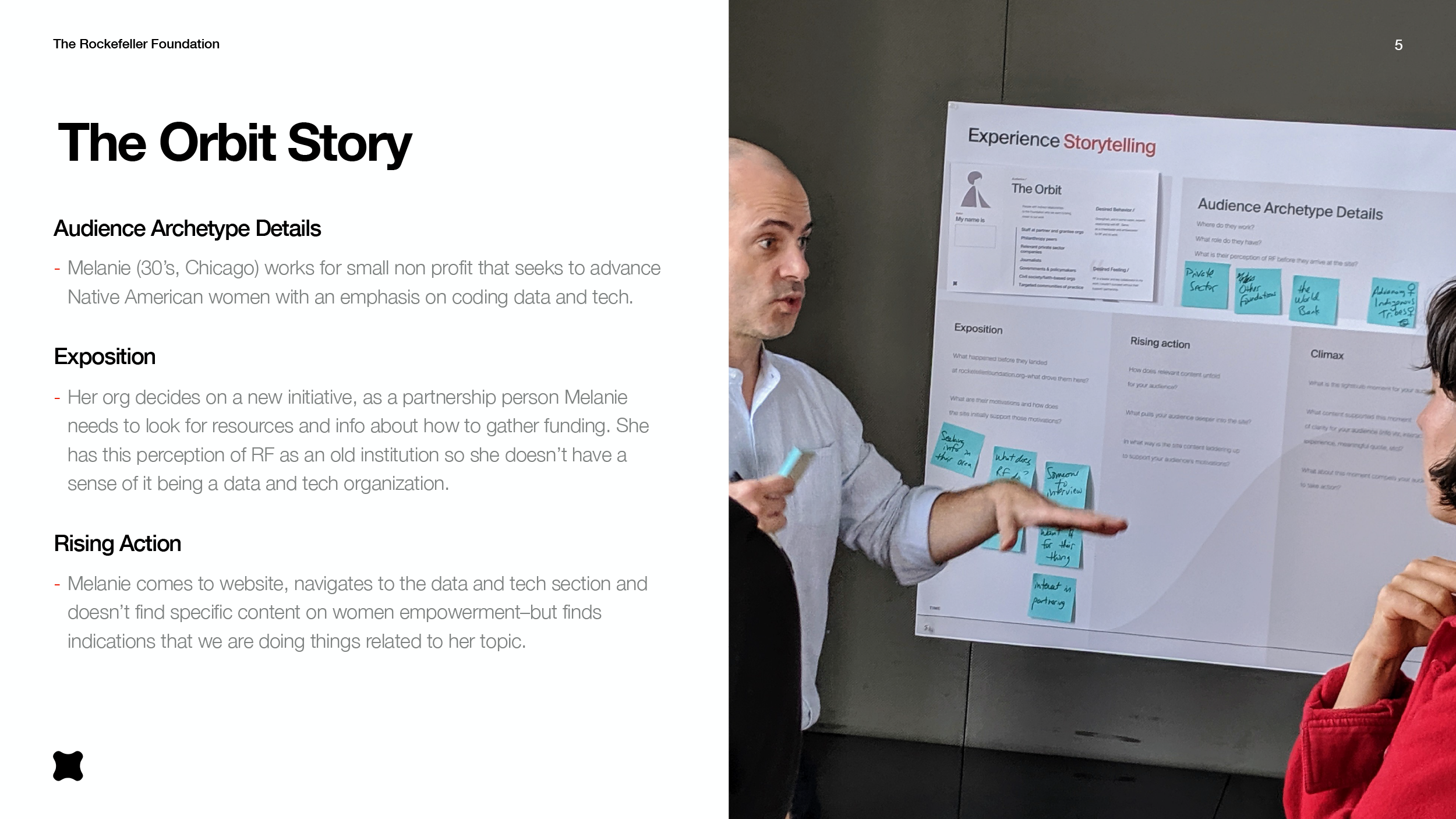
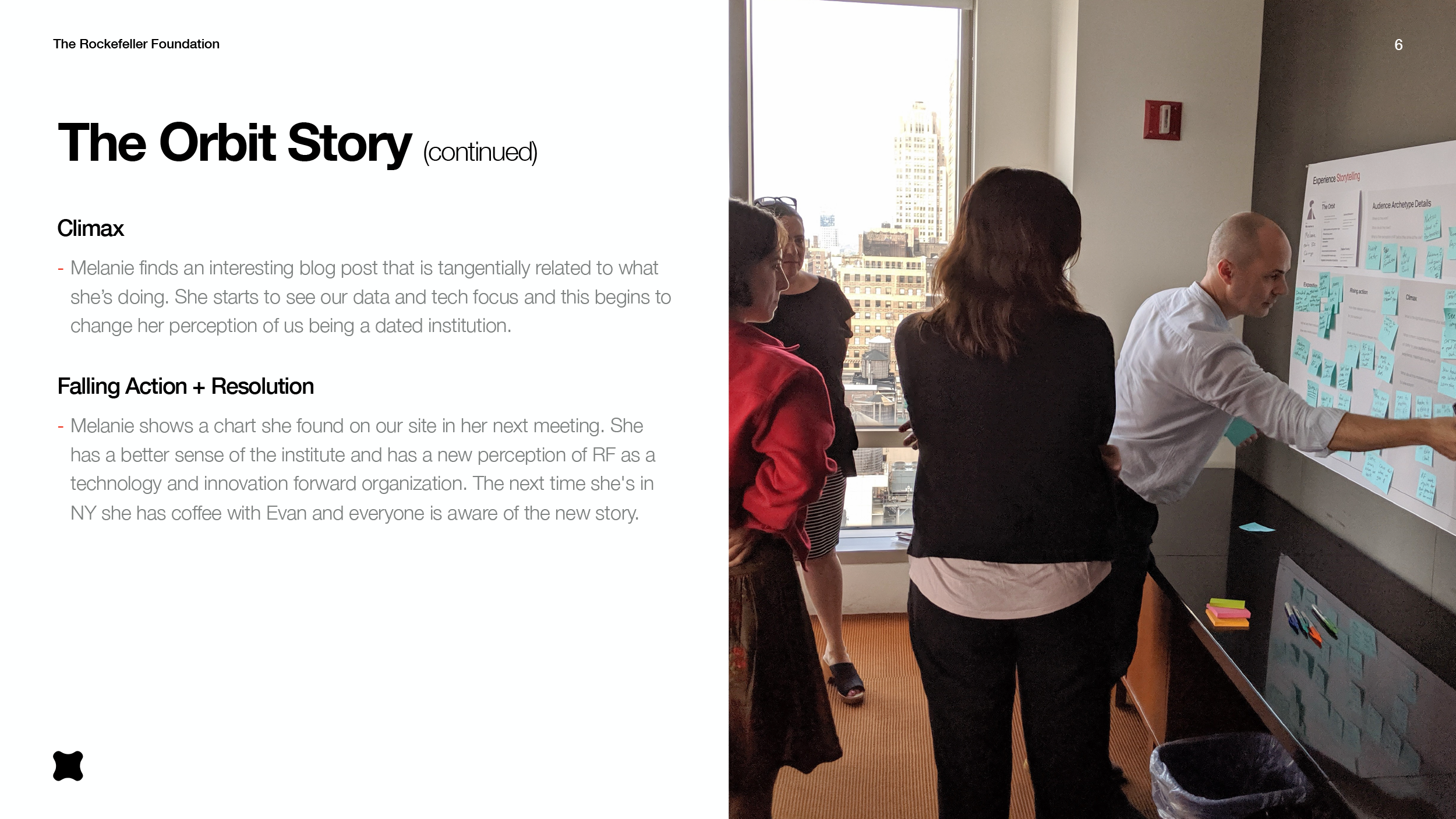

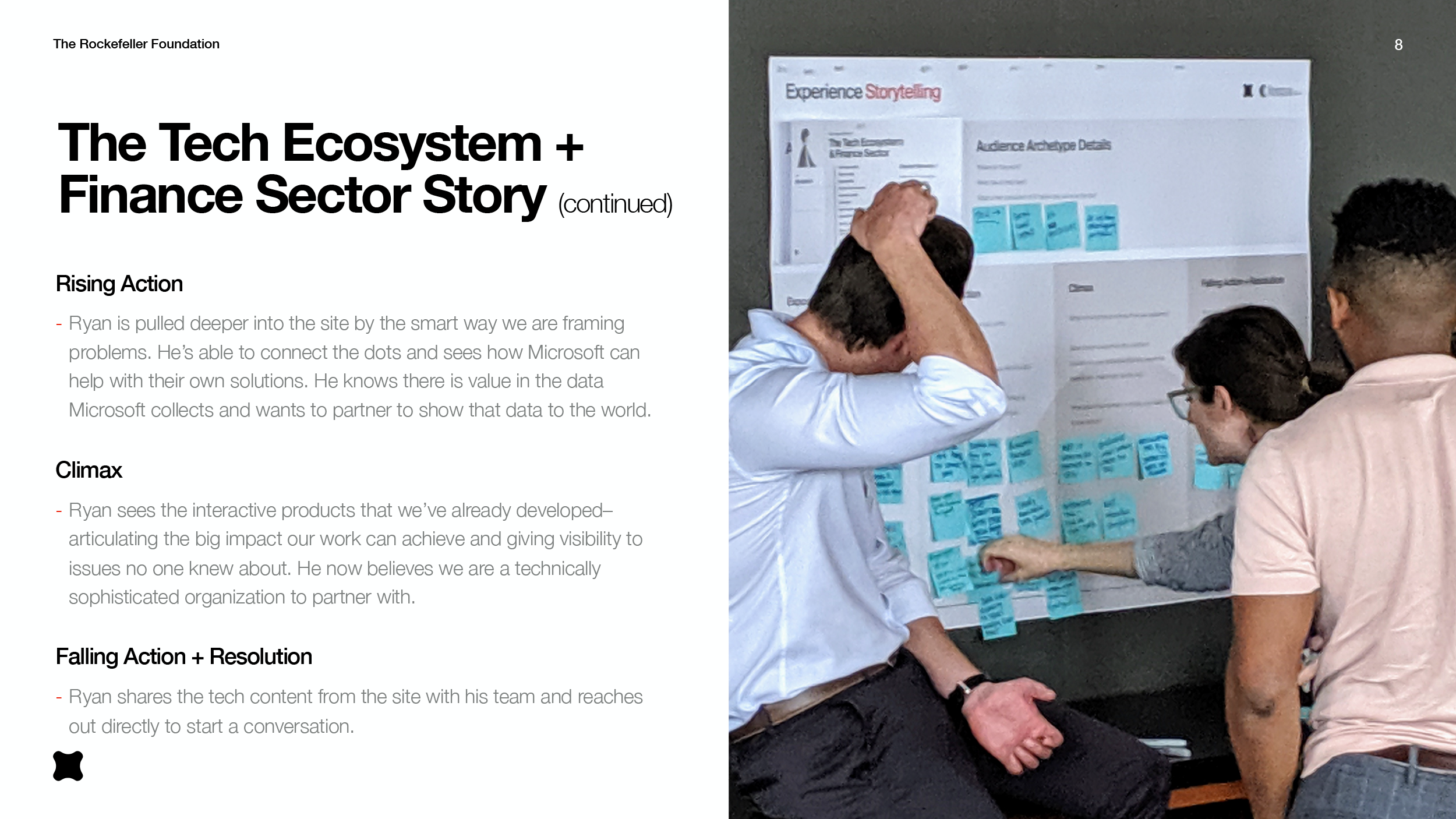
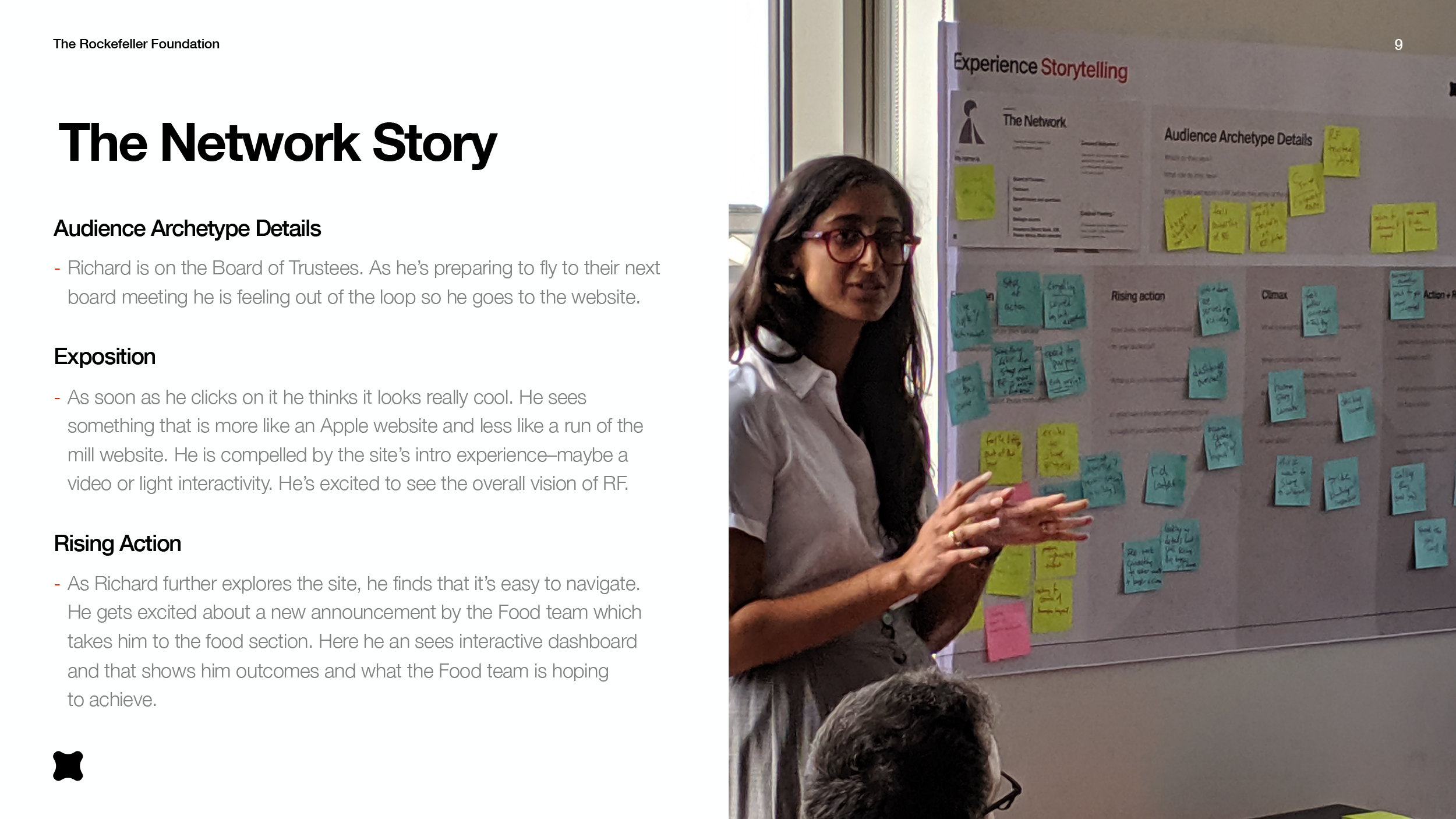
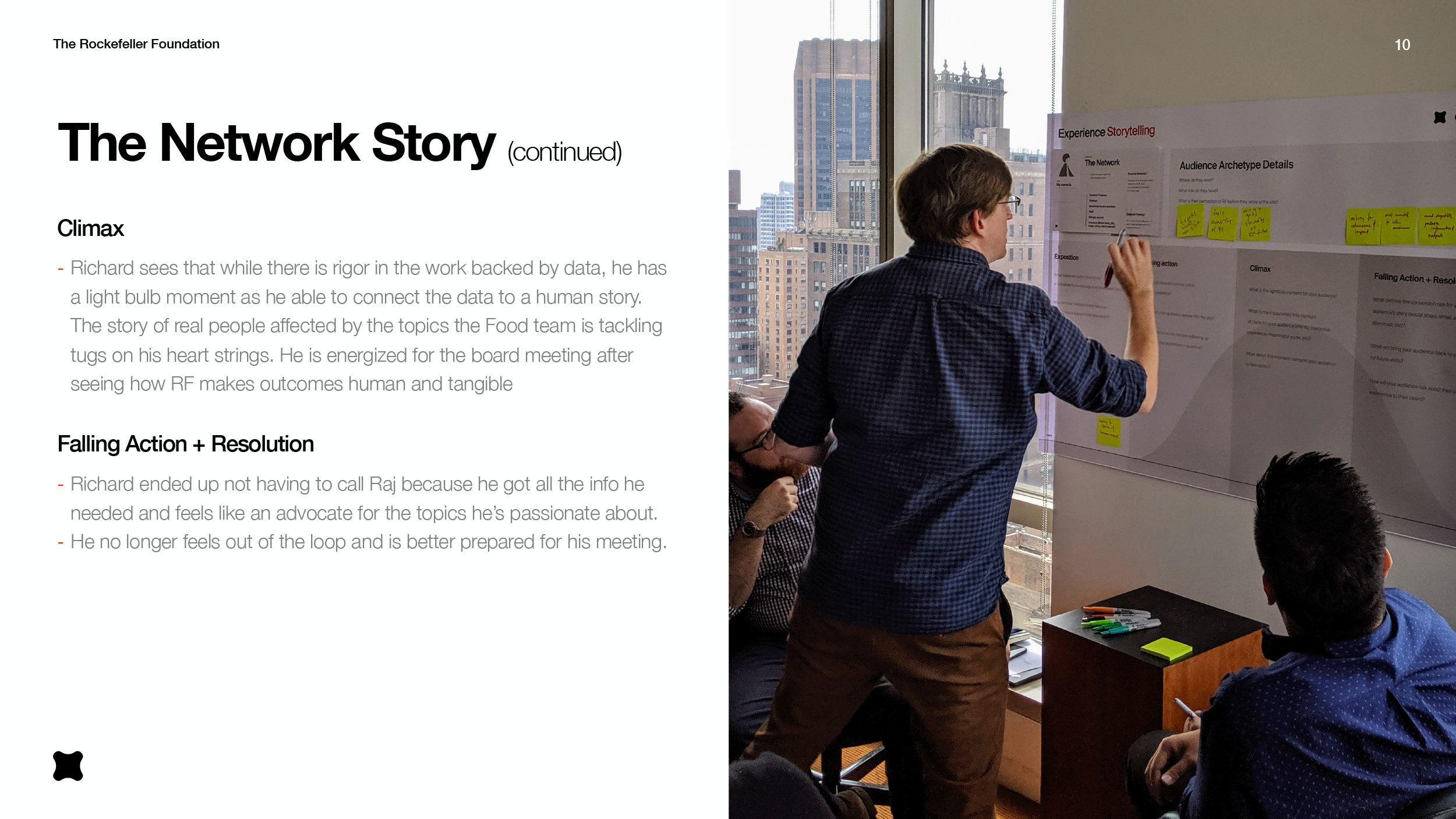

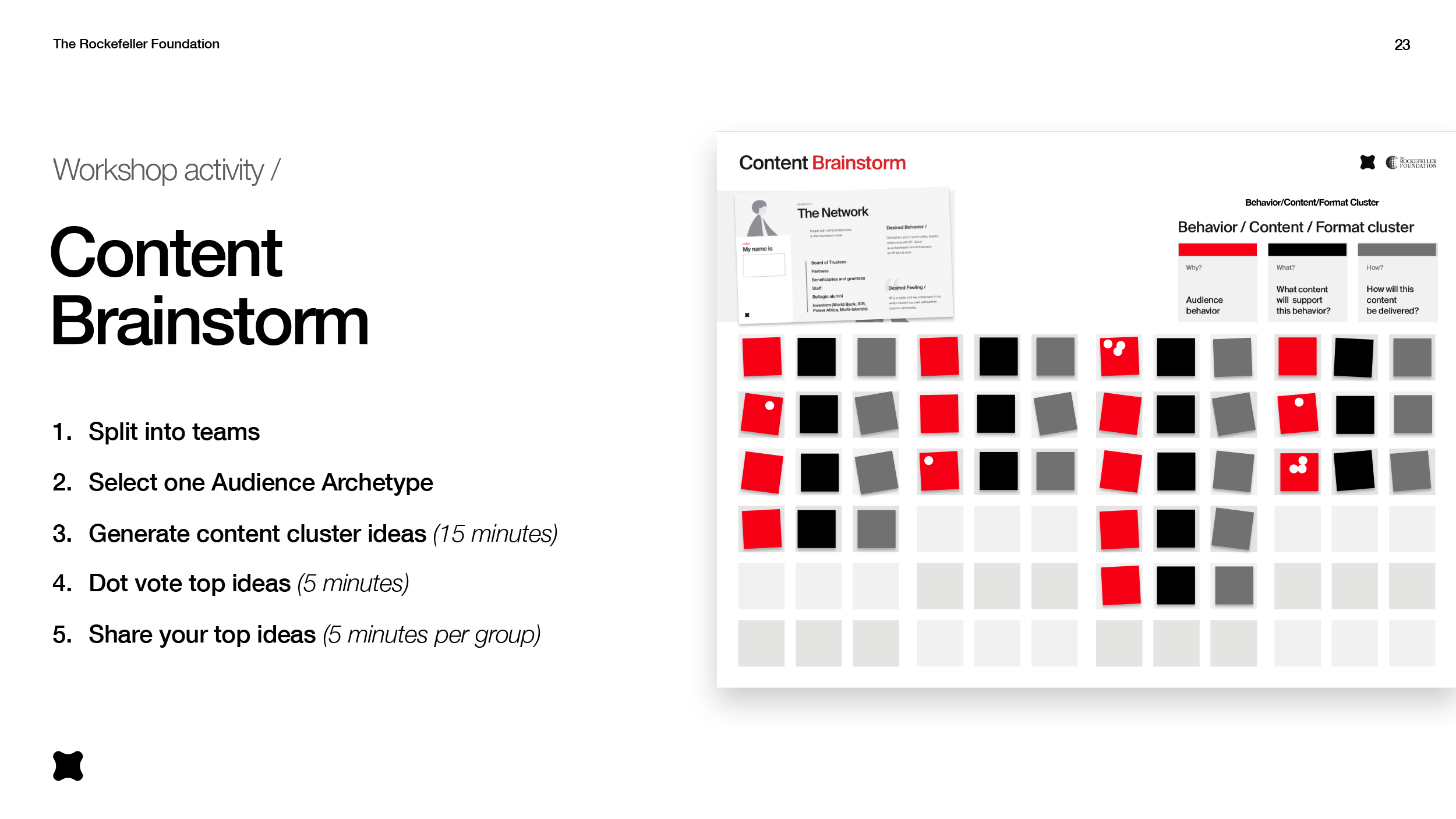
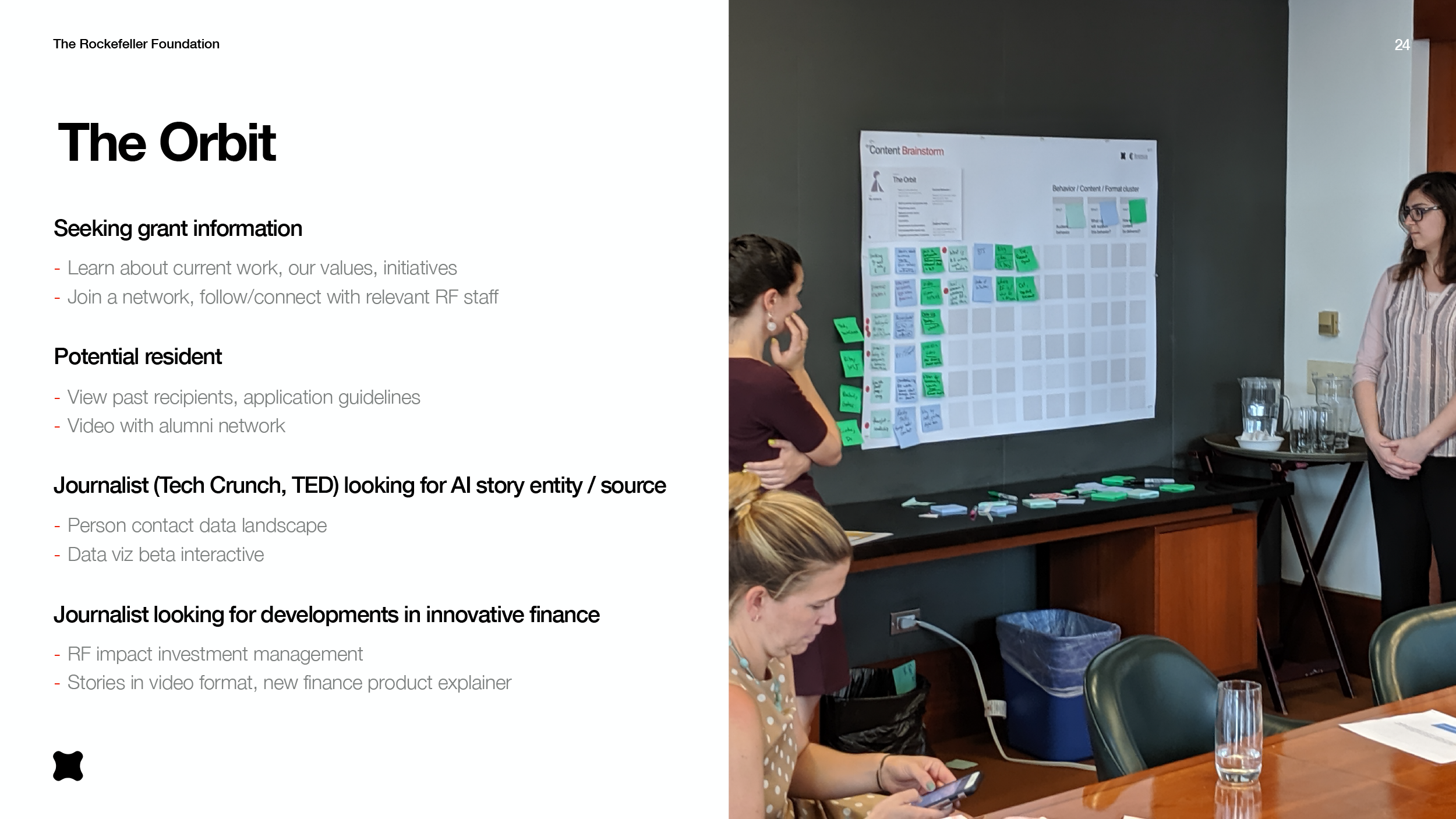





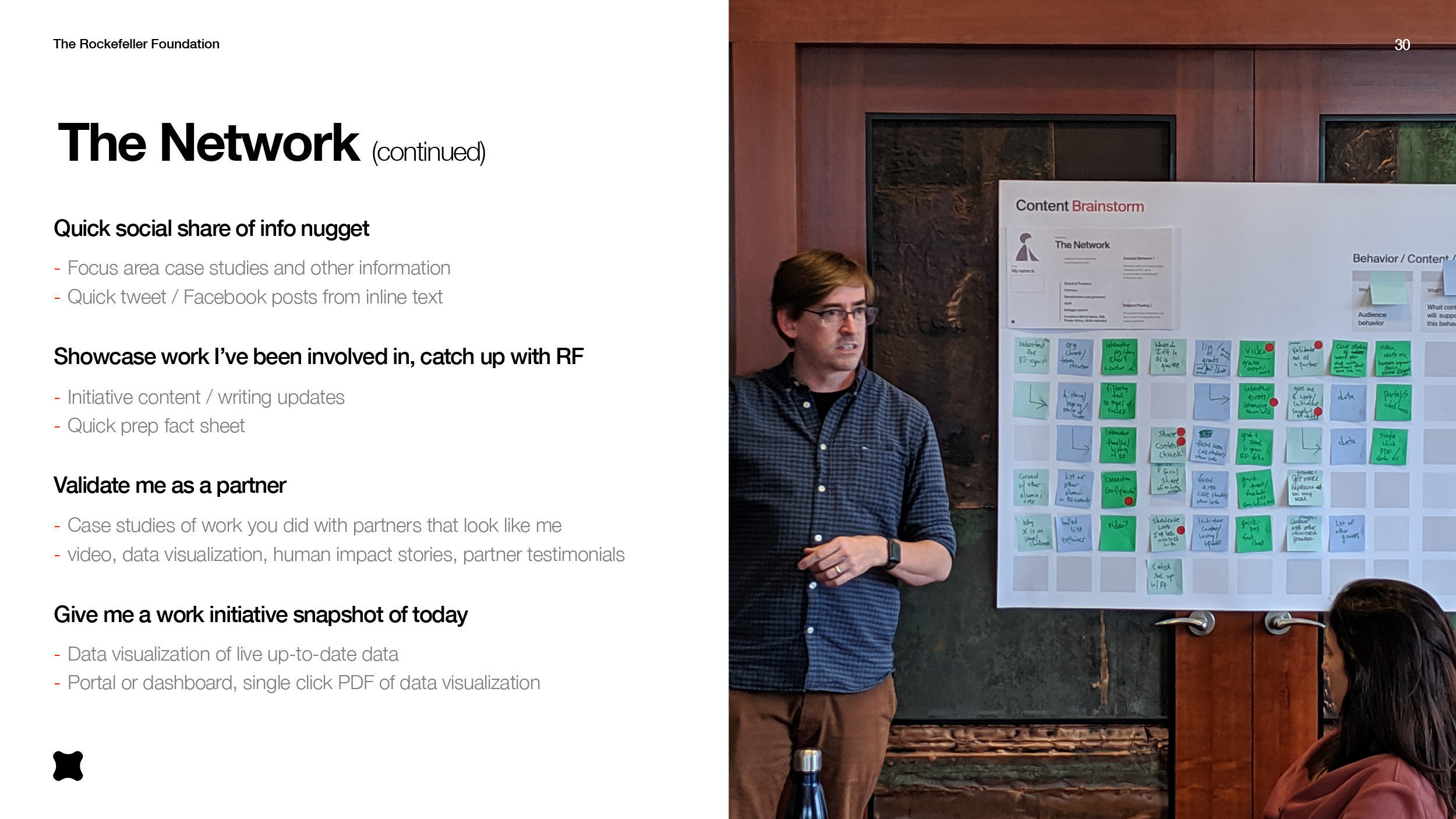
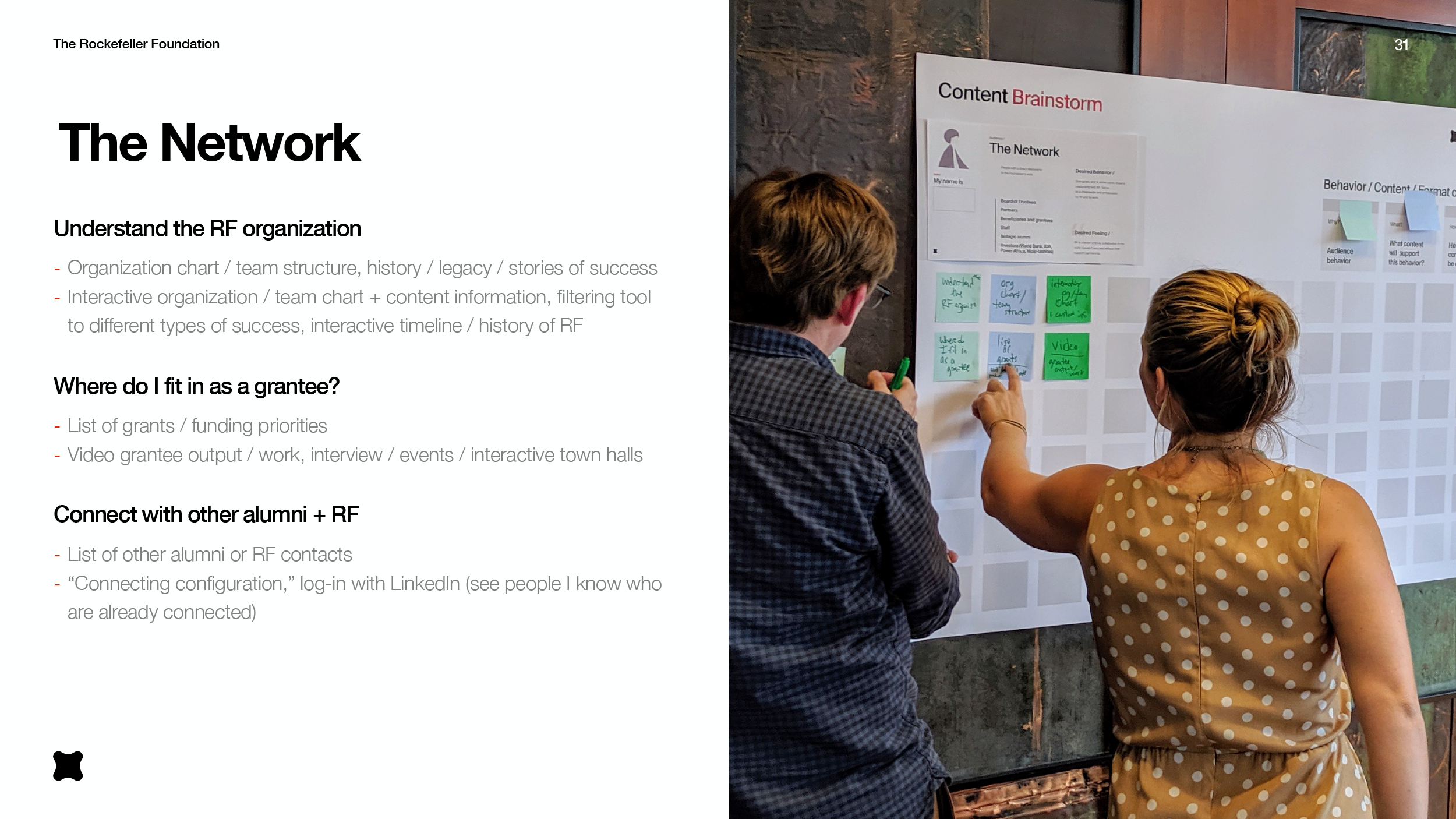



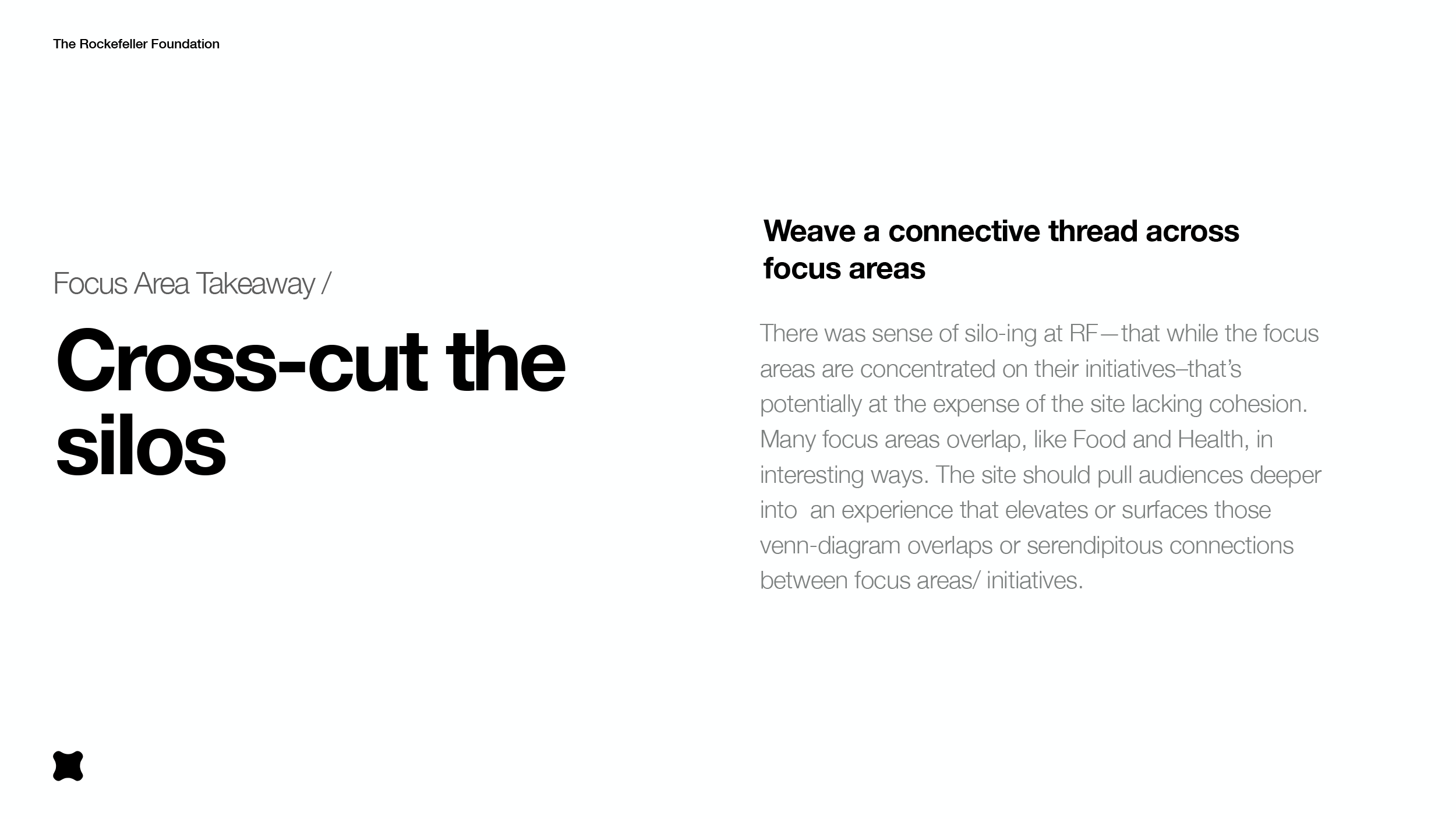





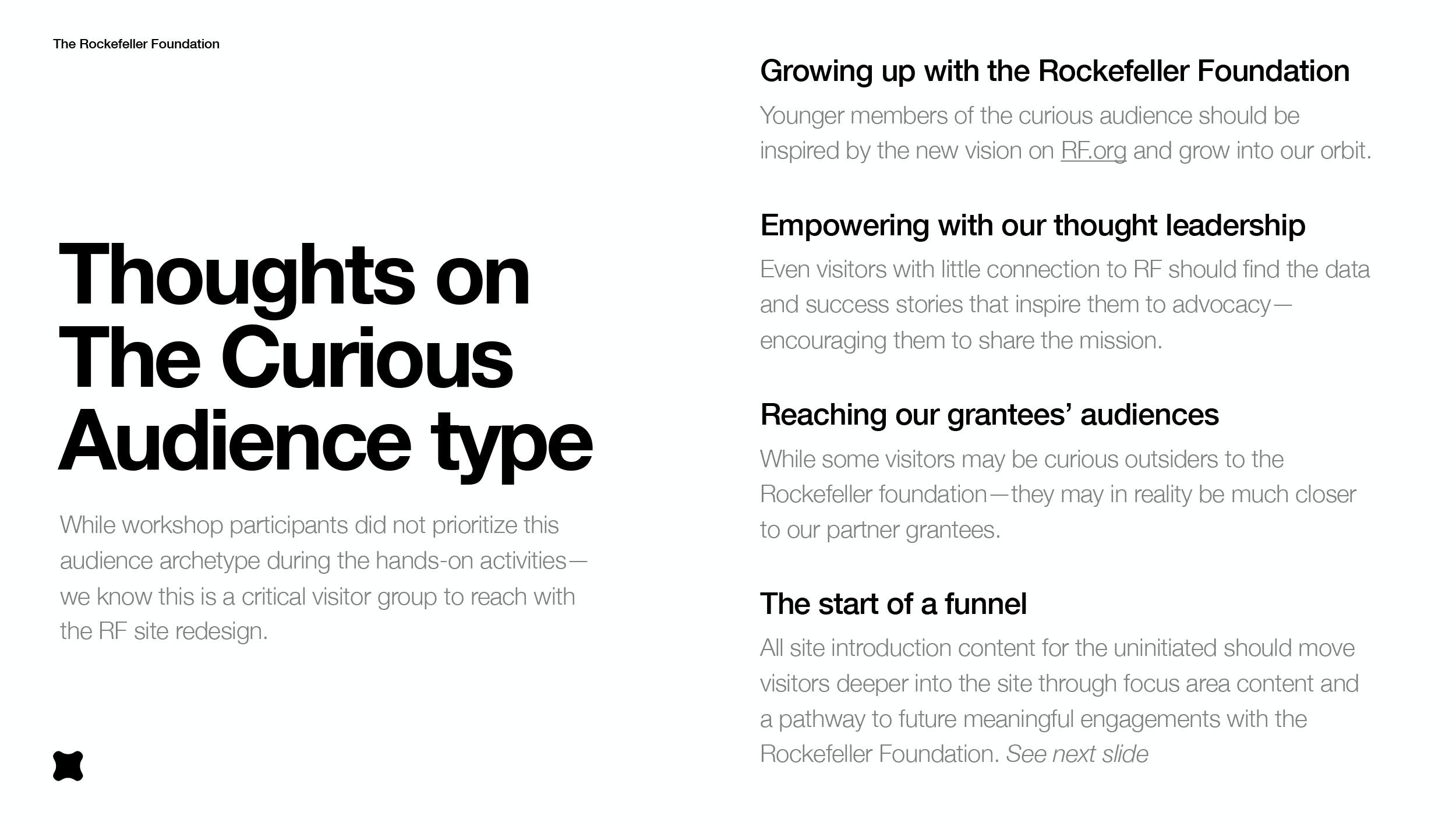
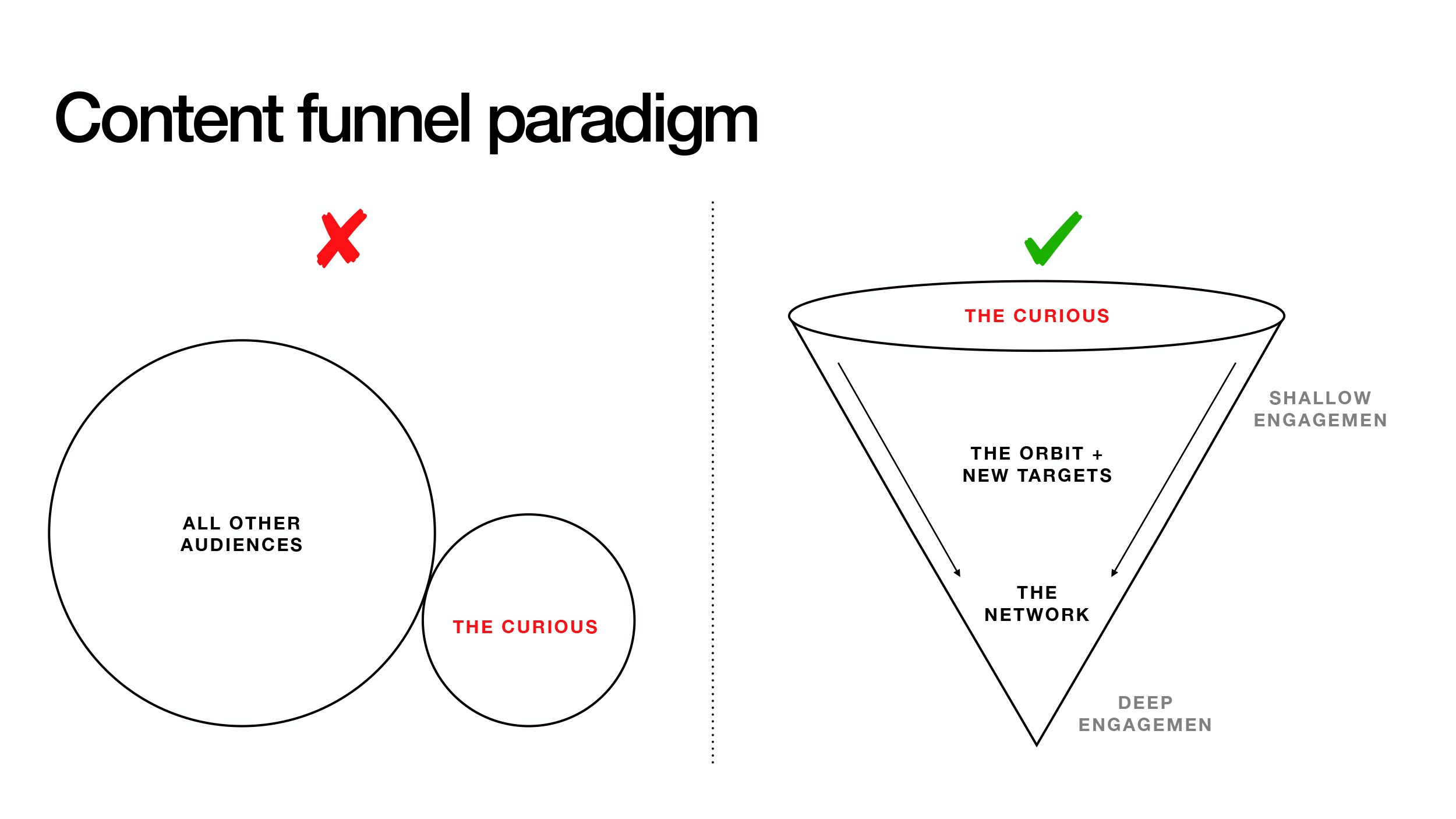

Developing a Taxonomy of Case Studies
A key takeaway from our co-creation workshops was the need to empower RF with a framework for how and when to tell the stories of the meaningful impact they deliver around the world. We developed a taxonomy of context specific story formats that focused on how data can best serve the unique narratives being told. Our goal was to disrupt the traditional concept of a case study as an academic reflection on past work and revitalize the storytelling nature of these documents as dynamic living narratives—grounded in data and human centered.
























Developing a Data Visualization Pattern Library
We delivered a library of coded data viz to ensure RF’s new Design Language System is executed at fidelity and able to extend across their entire digital ecosystem. With proper governance, this pattern library will become a shared toolset between design, policy, and technology to insure a meaningful application of data to contextualize individual case studies as well as the user experience at scale.








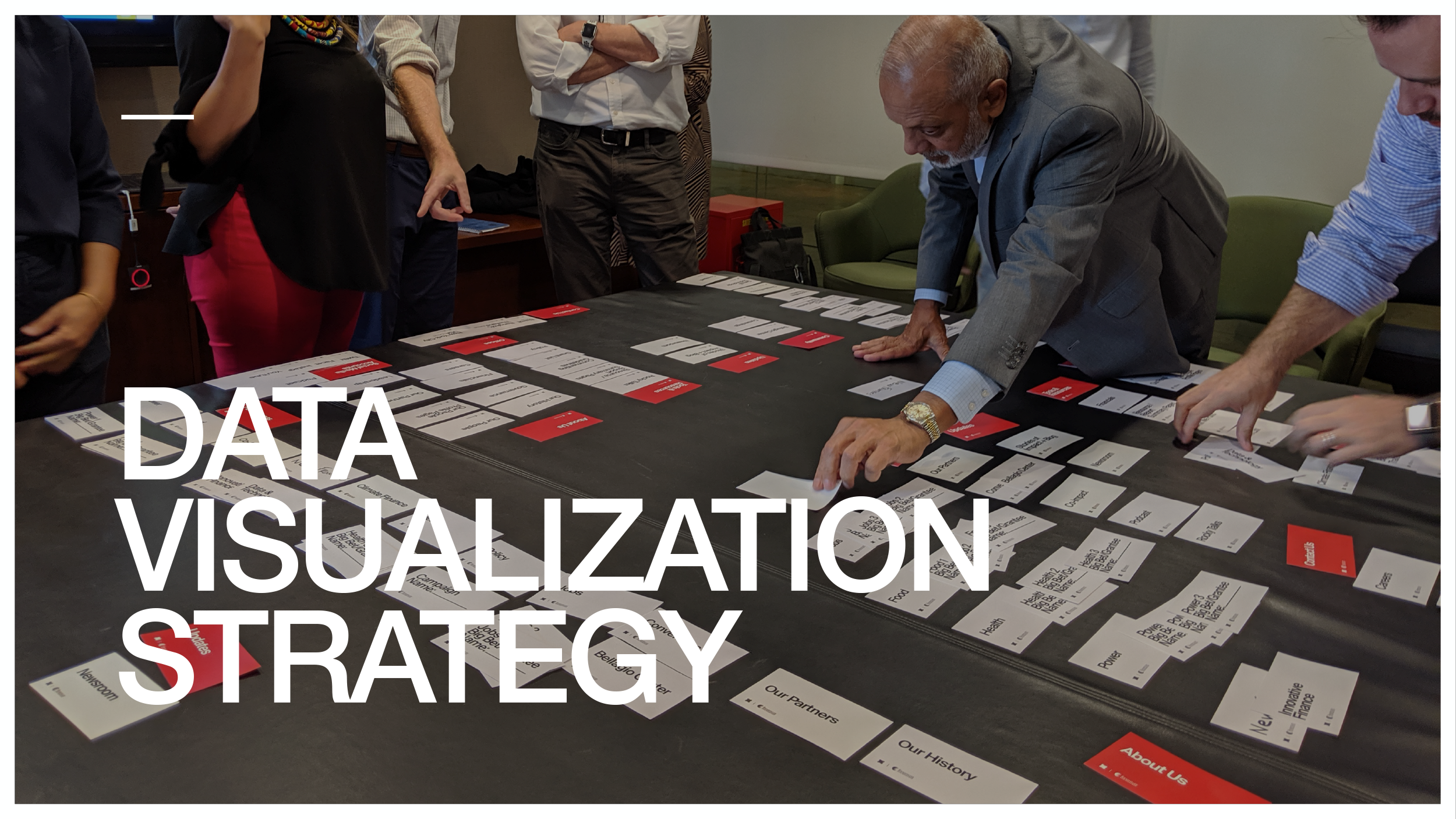
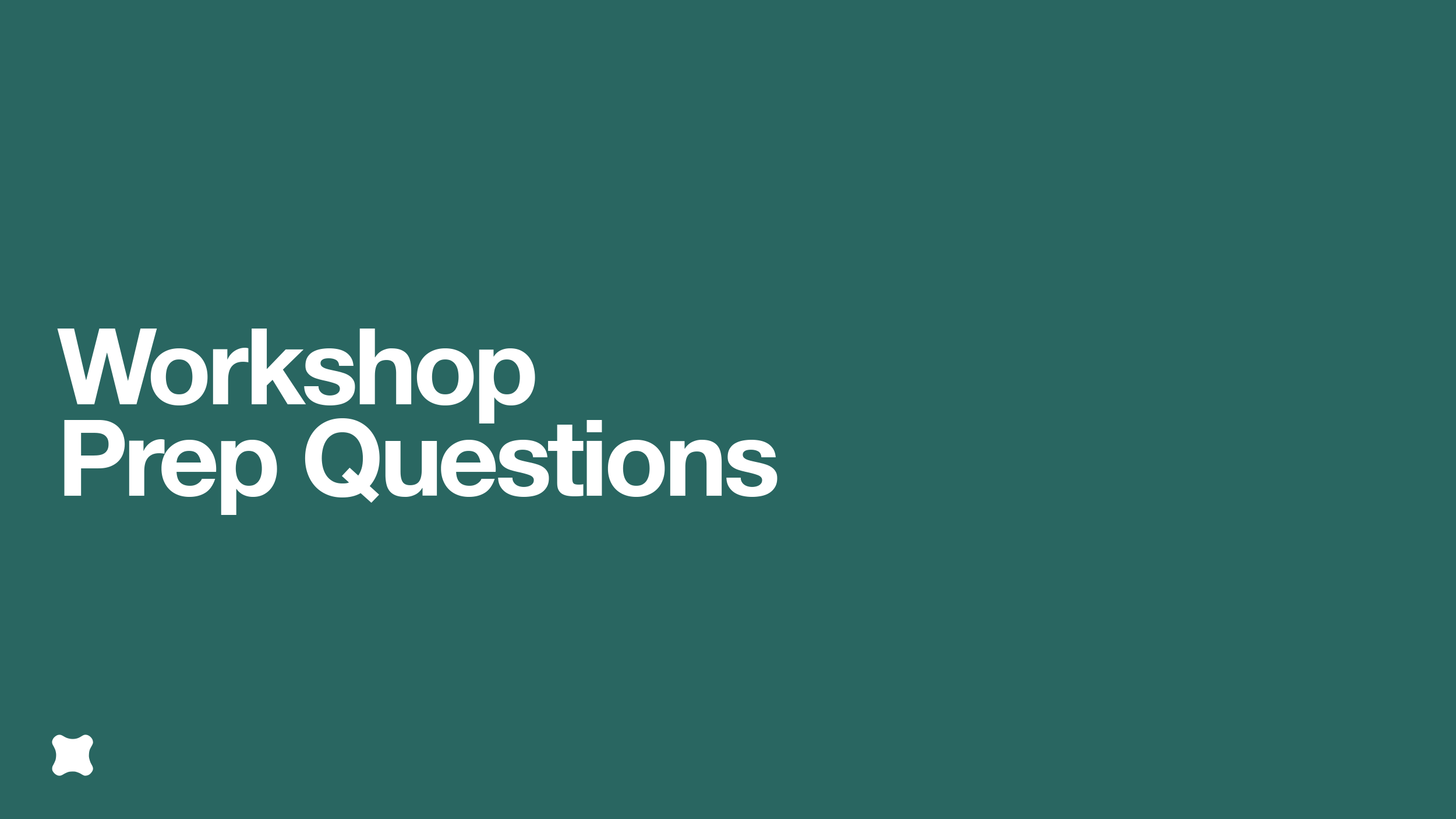


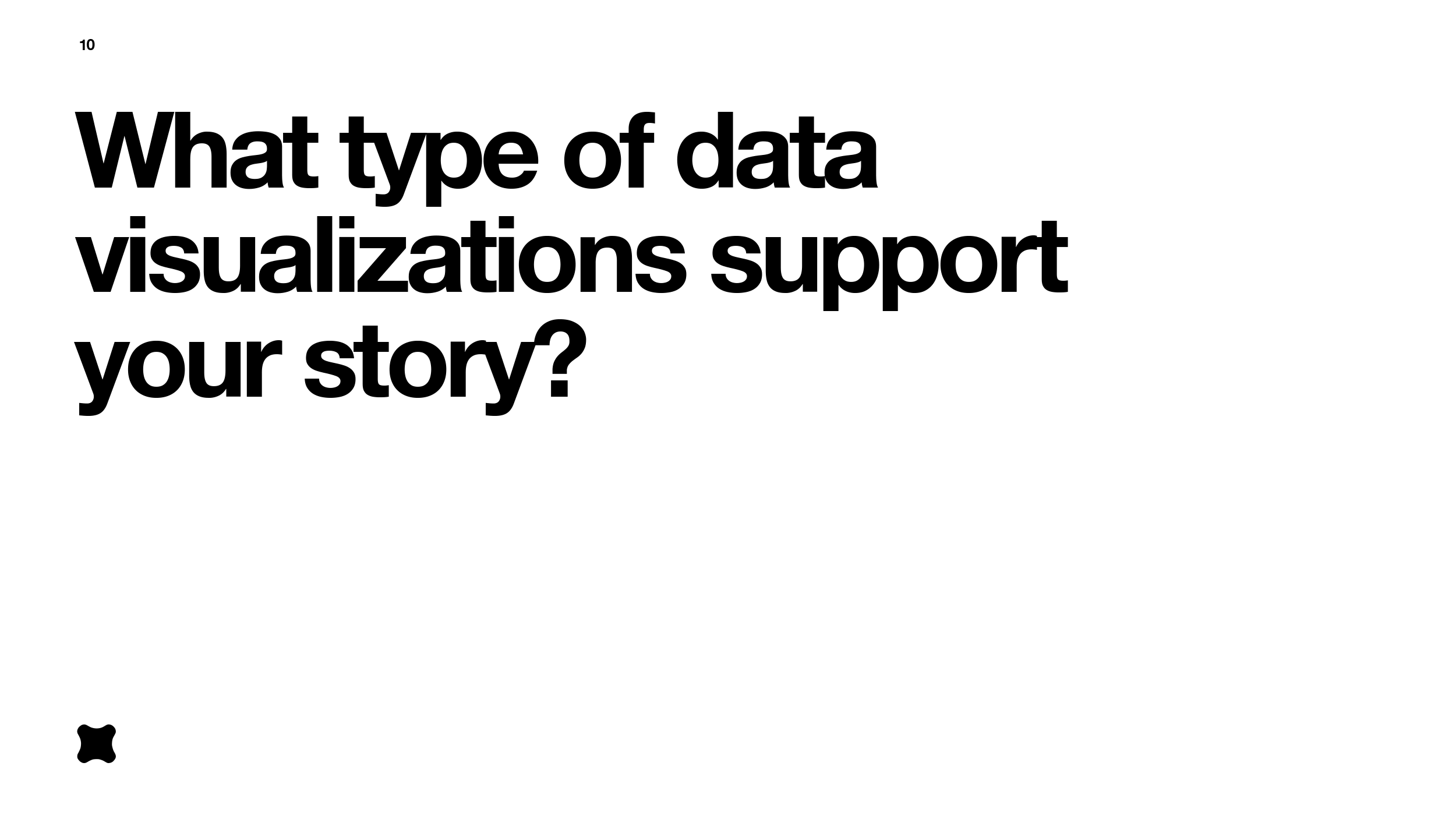
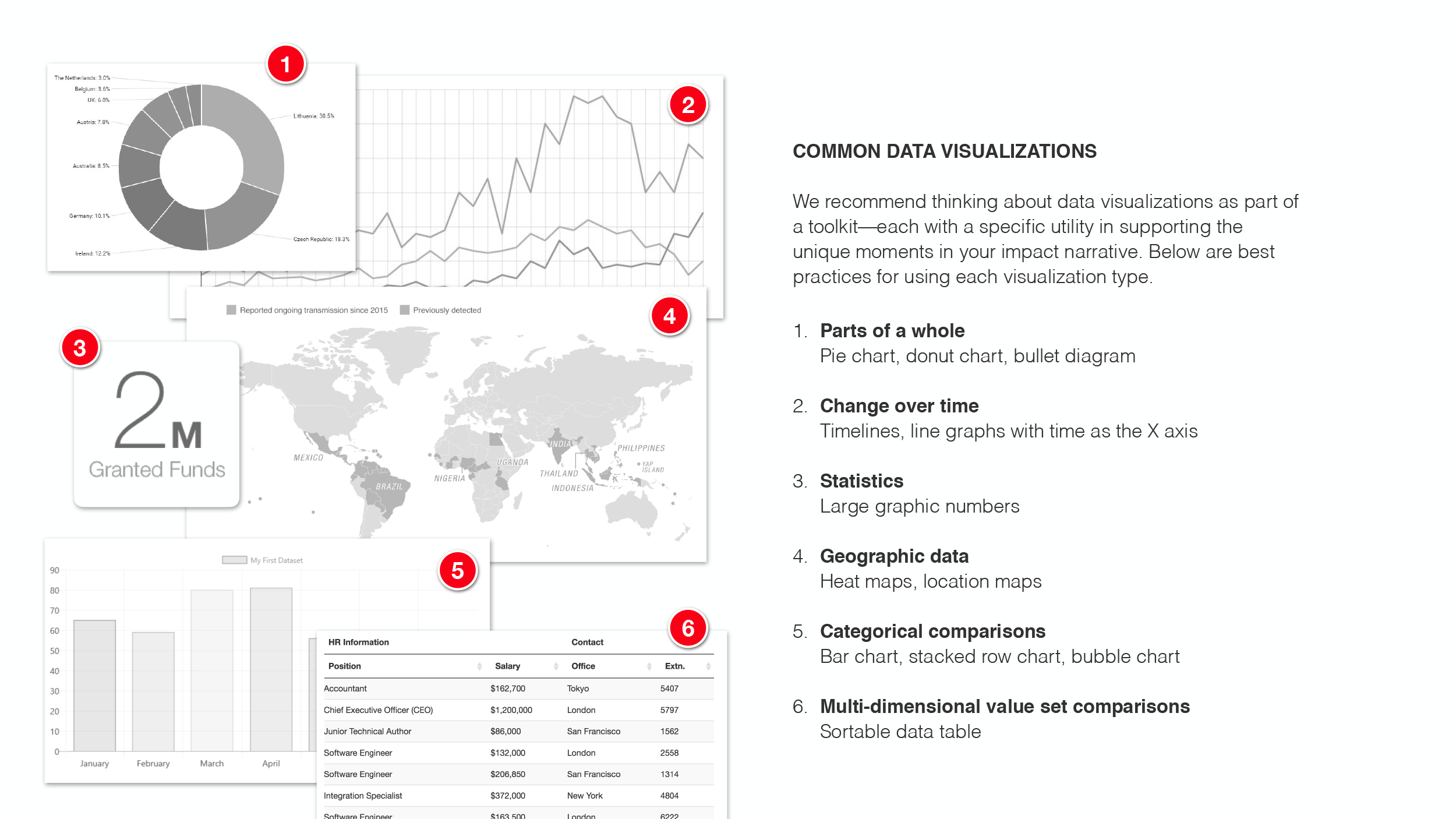
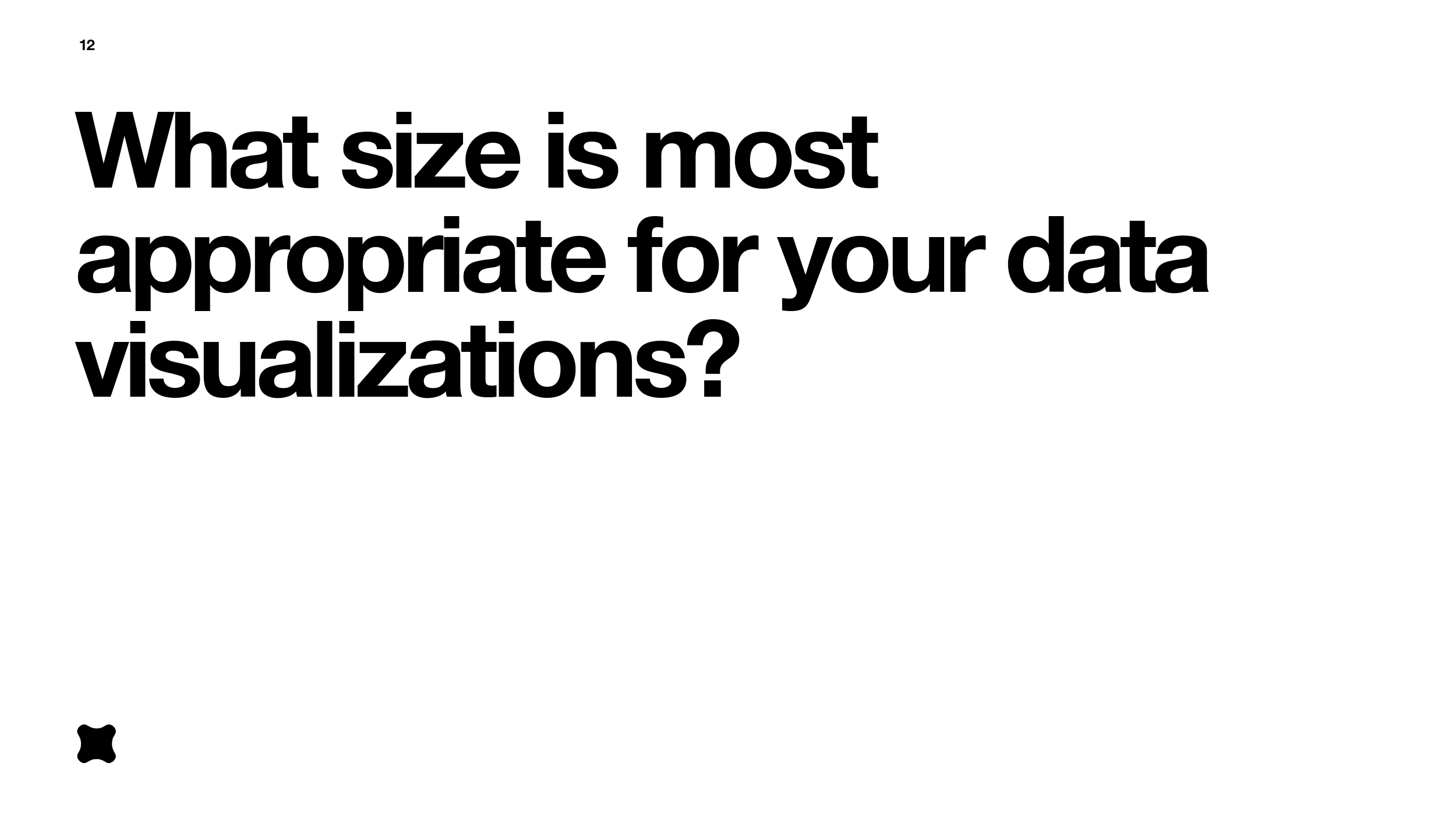

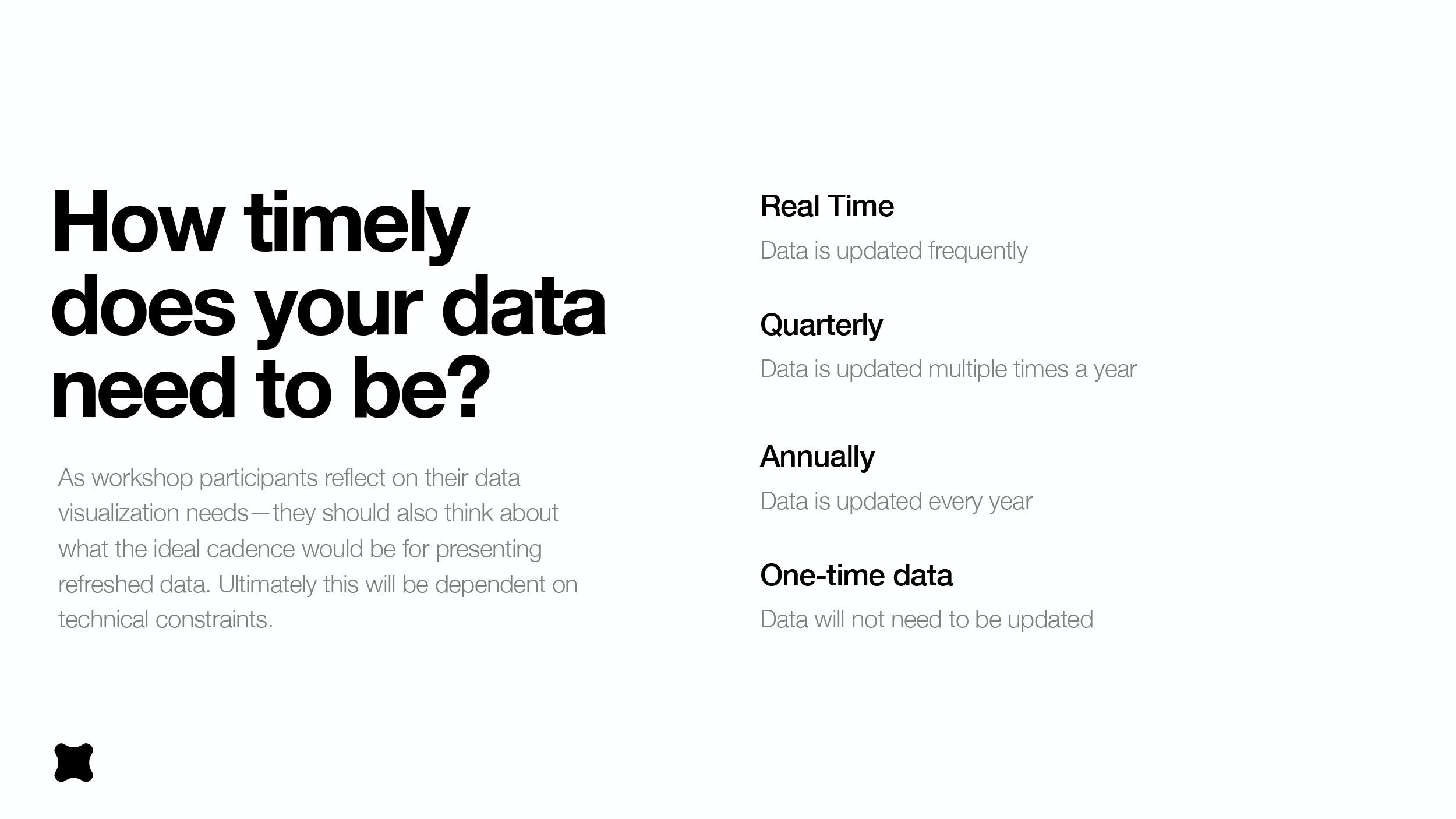
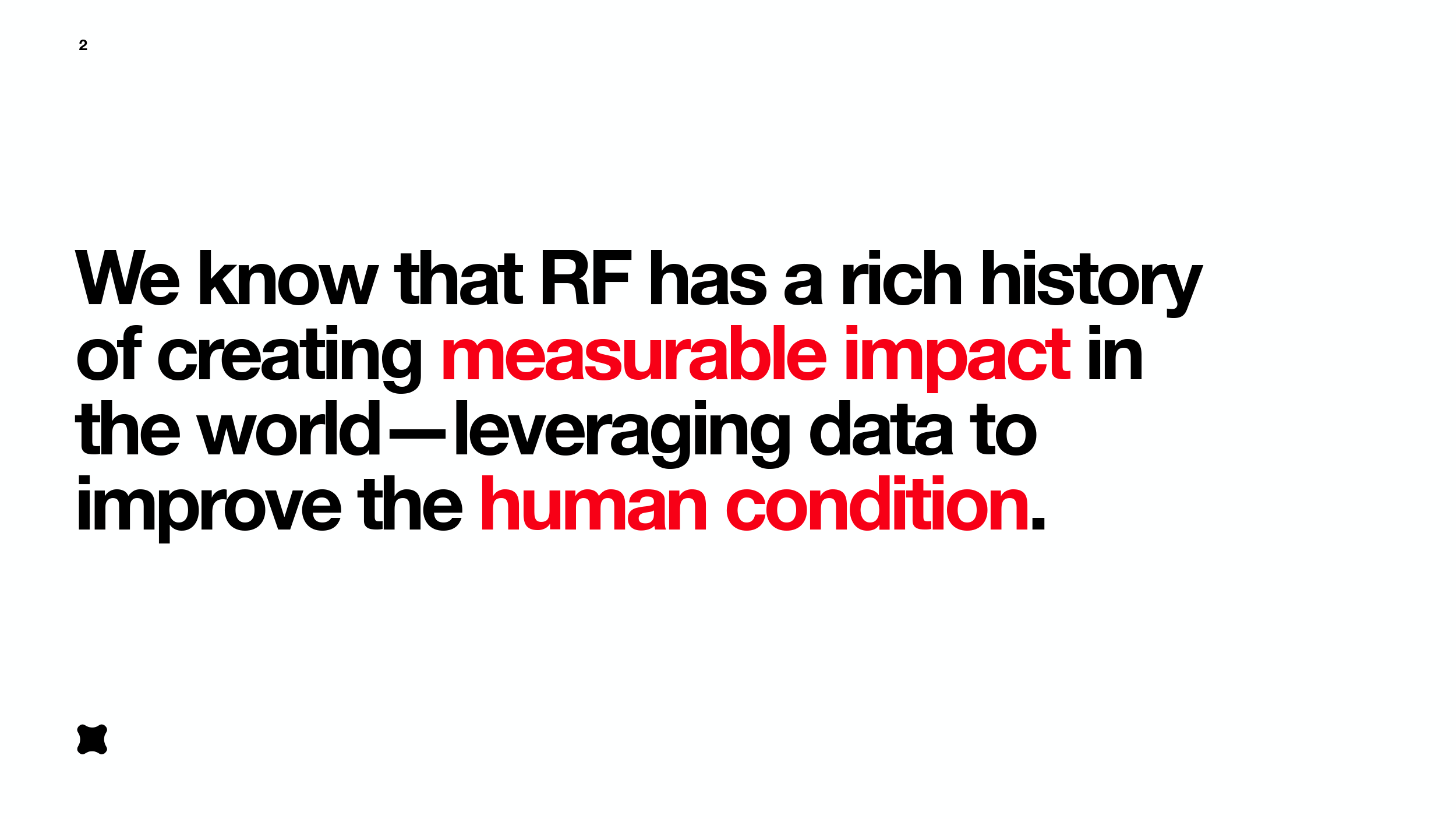

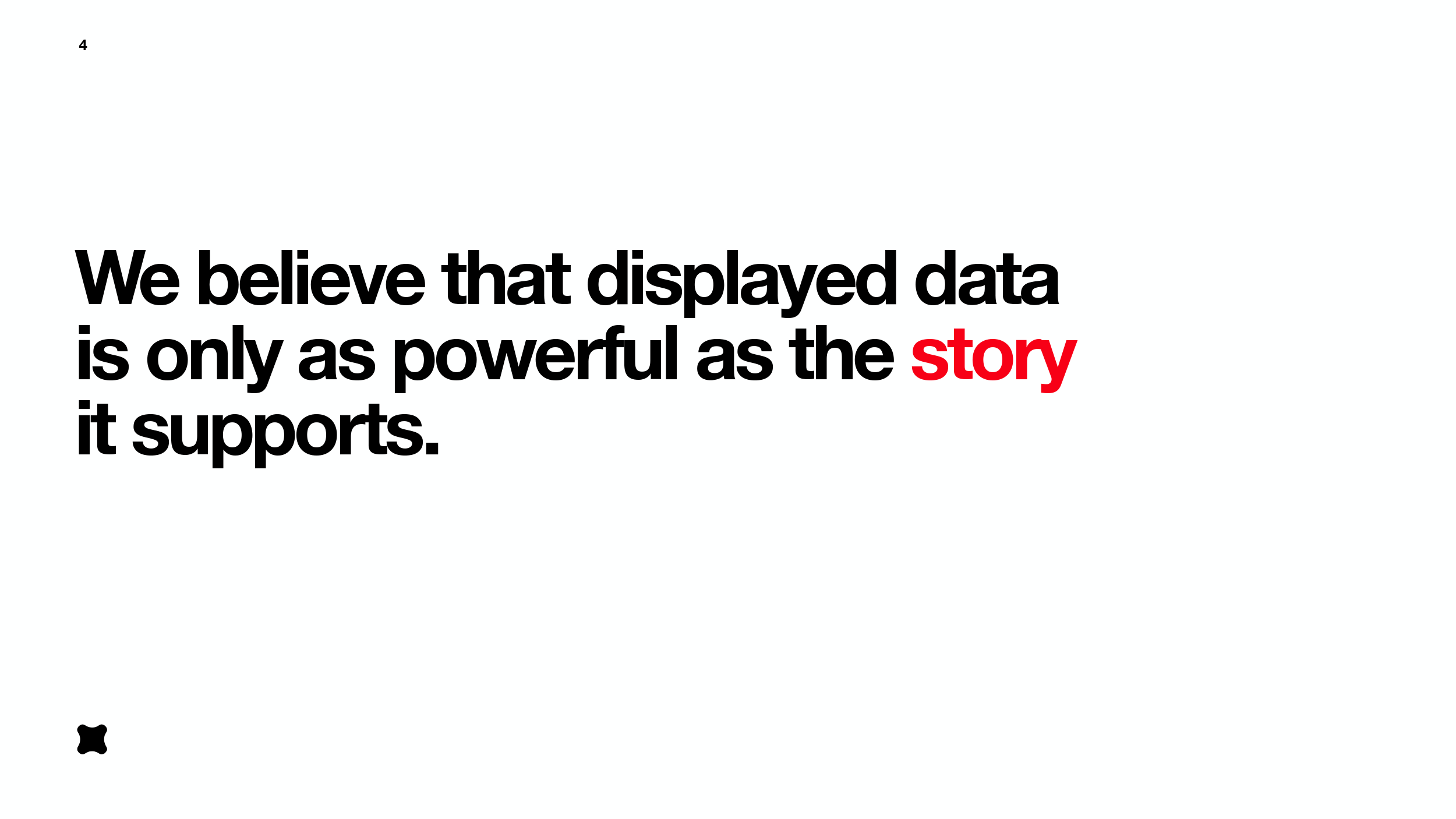
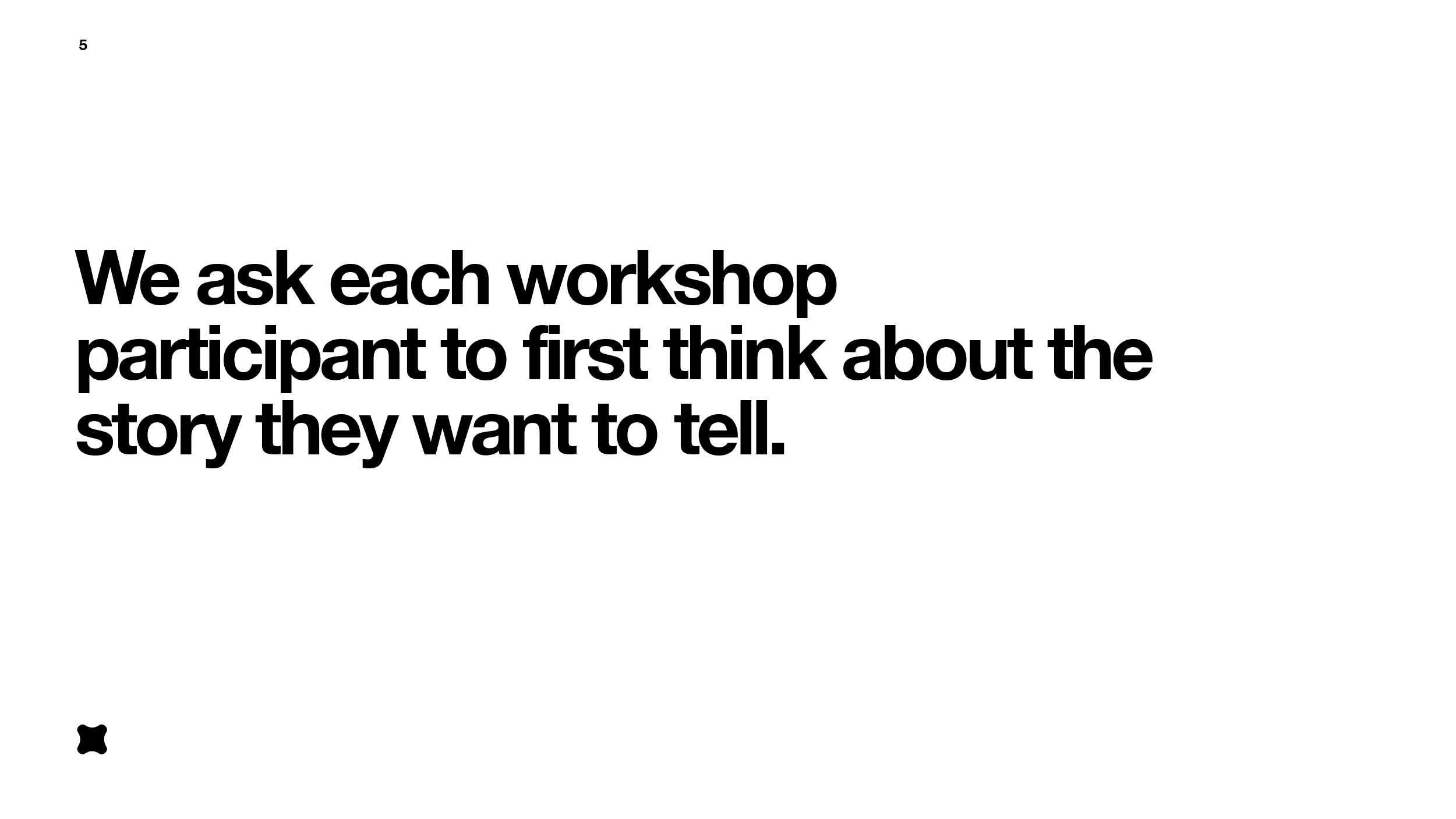

Exploring the Navigation Paradigm
As we started to restructure the site we focused on how visitors would move through the massive amount of content that comprises the RF story. With three levels of navigation and potentially long sub menus, we found it useful to quickly mockup both the nav’s look and feel as well as the animation for a number of concepts. We were able to validate early with stakeholders by showcasing how the navigation would handle the site’s complex content structure through both visuals and interaction design.
We designed and animated multiple navigation paradigms in order to pressure test their ability to support the site’s complex taxonomy of content.

